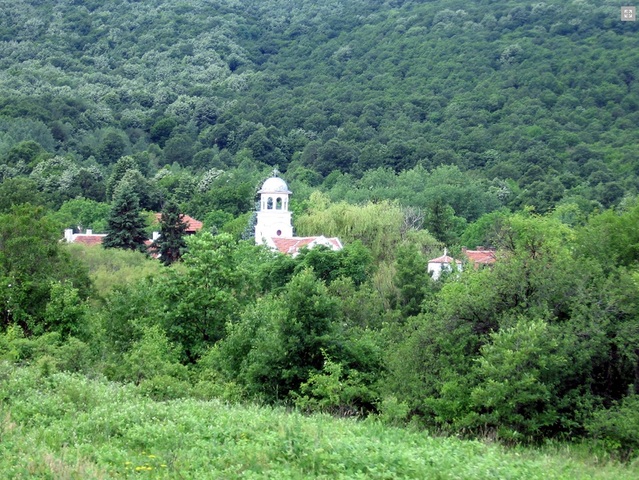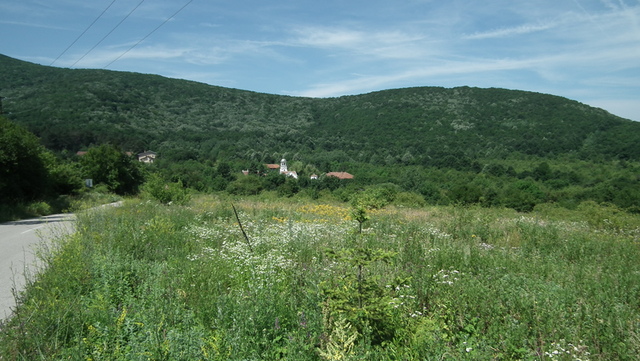Rakovitsa monastery Sveta Troitsa
Rakovitsa monastery Sveta Troitsa /Holy Trinity/ is located in the Balkan Mountain, at the foot of Chernoglav peak, about 4 km northwest of Rakovitsa village and 50 km southwest of Vidin city, near the border with Serbia.
History
The data for the early history of the monastery are very scarce. It was founded in X-XI century and during the Middle Ages was an important literary and cultural center in Bdin area. After Bulgaria was conquered by the Ottoman Turks, the monastery was completely destroyed. A small church survived but withouth its paintings. The monastery restoration is connected with the name of the icon-painter Pimen Sofiyski of Mount Athos (XVII century).
During the Bulgarian Revival Rakovitsa monastery became an important spiritual, cultural and educational center for Bulgarians from the region. In 1848 there was opened the first secular school in northwestern Bulgaria.
The monastery was connected with the revolutionary struggles against the Turkish feudal oppression. The Vidin Uprising of 1850 was organized there as well as the revolt from 1856. After the Liberation was built a new church with an attached to its western side high bell tower in memory of the fallen rebels.
During the communist regime in the Rakovitsa monastery was located an the observation post. The old church was converted into stables and walls are whitewashed to hide paintings. Later, thanks to the efforts of the then bishop of Vidin Sophroniy at the cost of a few acres of land, the monastery returned its church back.
Architecture and painting
Rakovitsa monastery is a complex of two churches, residential and commercial buildings. The old church built in X-XI century (8.5 x 8 m) is cross type /inscribed cross/, with a high dome lying on a hexagon and a narthex built in the early XIX century. In 1825 the church was painted by the artists Kanyu Zahariev and Dosyu Koev from Tryavna. In 1979 the valuable frescoes were restored.
Paintings the church are impressive. There are images of Jesus Christ, the Apostles, St.Mary, St. Constantin and Elena and many saints and educators. The theme of Doomsday, depicted on the entire west wall in the small hall is impressive and powerful. The traditional fiery river is represented as a huge snake that comes out of the mouth of the dragon (Hell) and points upwards to Christ seated on a throne. The snake's body is highly curved and wrapped with tape on which are inscribed the names of various transgressions.
Today lime plaster is carefully removed and the magnificent frescoes are preserved. Under the Renaissance layer of frescoes was found and old one, yet to be investigated.
Next to the old church is the grave of Captain Kiryaev who died in the Russo-Turkish War.
Currently Rakovitsa Monastery is operating and male. It was declared a cultural monument.
The monastery's festival is Pentecost.
Transport
The monastery is accessible along a detour located between the villages Kireevo and Rakovitsa.
There is an eco trail named after the plant erantis bulgaricus, which is found only here. The walk to the monastery can combine with a visit to the famous Magura cave, which is located only 20 km from the monastery or explore the amazing Belogradchik Rocks, located 35 kilometers southeast.
Accommodation
Rakovitsa monastery does not offer accommodations. You can stay in Belogradchik /35 km southeast/ which has hotels and guest houses.
Sources: http://svetimesta.com/, http://www.bulgariamonasteries.com/, http://bg.wikipedia.org/
Photos: http://svetimesta.com/, http://www.visitvidin.net/, Internet













